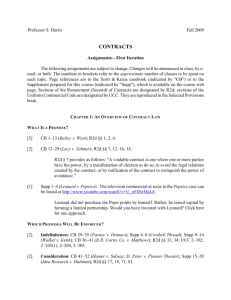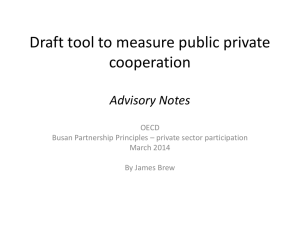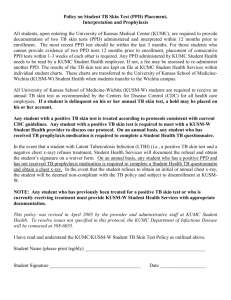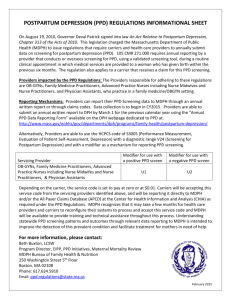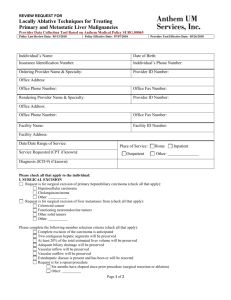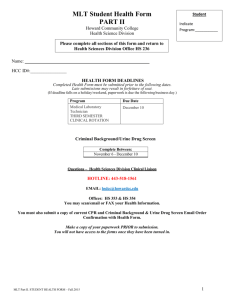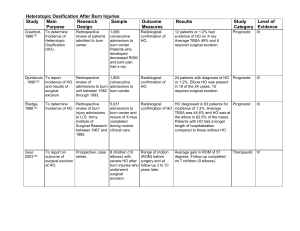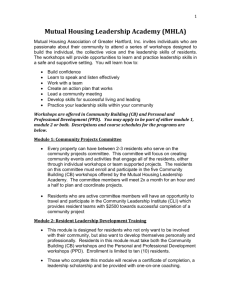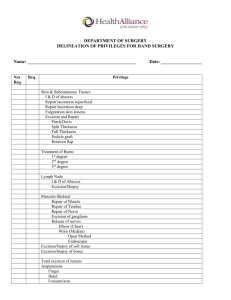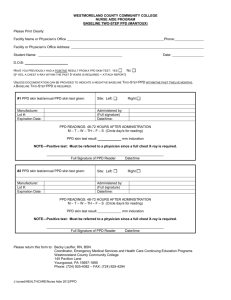Does Achieving Negative Surgical Margins in the Treatment of
advertisement
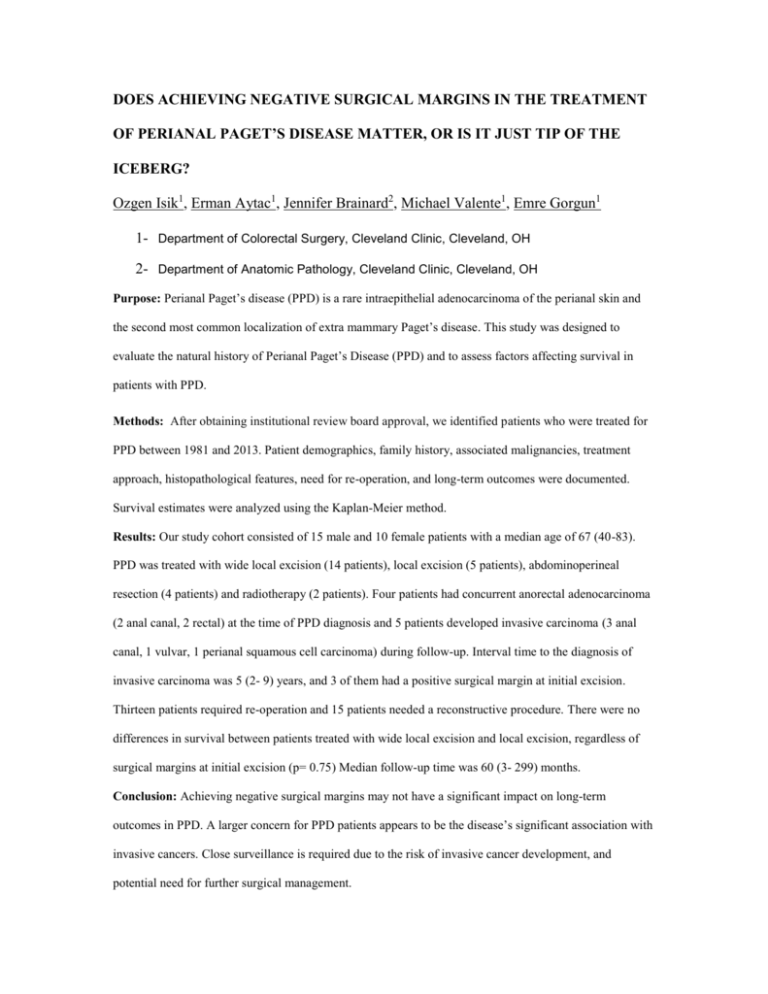
DOES ACHIEVING NEGATIVE SURGICAL MARGINS IN THE TREATMENT OF PERIANAL PAGET’S DISEASE MATTER, OR IS IT JUST TIP OF THE ICEBERG? Ozgen Isik1, Erman Aytac1, Jennifer Brainard2, Michael Valente1, Emre Gorgun1 1- Department of Colorectal Surgery, Cleveland Clinic, Cleveland, OH 2- Department of Anatomic Pathology, Cleveland Clinic, Cleveland, OH Purpose: Perianal Paget’s disease (PPD) is a rare intraepithelial adenocarcinoma of the perianal skin and the second most common localization of extra mammary Paget’s disease. This study was designed to evaluate the natural history of Perianal Paget’s Disease (PPD) and to assess factors affecting survival in patients with PPD. Methods: After obtaining institutional review board approval, we identified patients who were treated for PPD between 1981 and 2013. Patient demographics, family history, associated malignancies, treatment approach, histopathological features, need for re-operation, and long-term outcomes were documented. Survival estimates were analyzed using the Kaplan-Meier method. Results: Our study cohort consisted of 15 male and 10 female patients with a median age of 67 (40-83). PPD was treated with wide local excision (14 patients), local excision (5 patients), abdominoperineal resection (4 patients) and radiotherapy (2 patients). Four patients had concurrent anorectal adenocarcinoma (2 anal canal, 2 rectal) at the time of PPD diagnosis and 5 patients developed invasive carcinoma (3 anal canal, 1 vulvar, 1 perianal squamous cell carcinoma) during follow-up. Interval time to the diagnosis of invasive carcinoma was 5 (2- 9) years, and 3 of them had a positive surgical margin at initial excision. Thirteen patients required re-operation and 15 patients needed a reconstructive procedure. There were no differences in survival between patients treated with wide local excision and local excision, regardless of surgical margins at initial excision (p= 0.75) Median follow-up time was 60 (3- 299) months. Conclusion: Achieving negative surgical margins may not have a significant impact on long-term outcomes in PPD. A larger concern for PPD patients appears to be the disease’s significant association with invasive cancers. Close surveillance is required due to the risk of invasive cancer development, and potential need for further surgical management.

